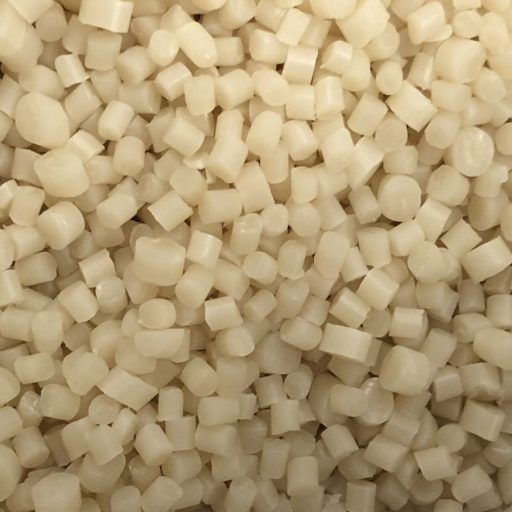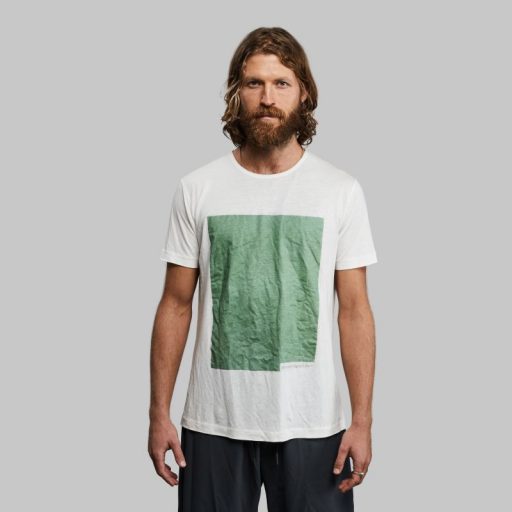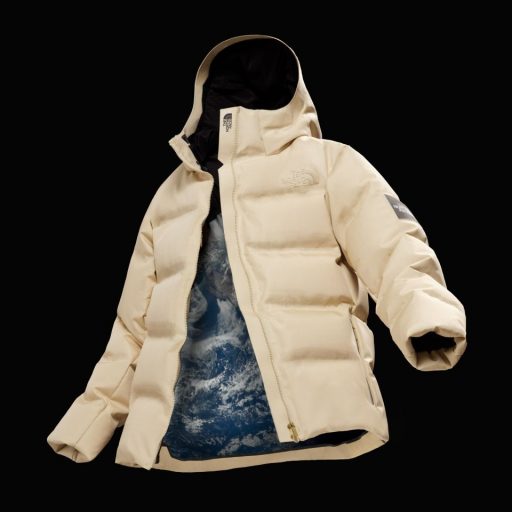
Joseph Lee
Aug 29,2020
Green is the new black: how biotech is making fashion more sustainable
Earlier this year, as fashion brands released their summer collections, H&M brought out a dress that raised eyebrows. Not because the frock (pictured above) was particularly risqué, but because it was made from biodegradable pulp. The material, Circulose, is the creation of Swedish startup Re:newcell, which is part of a new breed of biotech brands dedicated to making fashion more sustainable. It works like this: Re:newcell takes worn-out clothes to its plant in Kristinehamn, Sweden, where they’re de-buttoned, shredded, stripped of dye and plastics and turned into a slurry, explains chief marketing officer, Harald Cavalli-Björkman. What’s left is cellulose – “a biodegradable organic polymer that all green plants are made out of”. This slurry is dried to produce thin sheets of pulp, which are then turned into natural textile fibres. “The process is very efficient. One kilo of used cotton becomes one kilo of new Circulose textile fibres,” says Cavalli-Björkman. For the H&M dress, Re:newcell’s first commercial product, the team blended the pulp with wood fibres sourced from sustainably managed forests. Cavalli-Björkman says there more partnerships with well-known fashion brands are in the pipeline for 2020, and it hopes to be producing large enough volumes of its pulp to make the entire garment. Here are some other biotechnology innovations that could make our clothes more sustainable. Synthetic spider silk It’s just a fraction of a millimetre thick and five times stronger than steel, but until recently it’s been impossible to mass produce spider silk: the arachnids are fiercely territorial and cannibalistic. After 10 years of painstaking research and development, Japanese biotech startup Spiber has worked out a way to make an equivalent material in a lab. The process begins by genetically modifying the DNA of microbes to create proteins, says Spiber’s Thomas Threlfo. “We then feed these microbes with sugars and other nutrients in big vats, which results in a fermentation process similar to brewing beer.” The resulting substance is purified and dried into a powder, which is further processed to create sustainable fibres, gels, synthetic leathers and more. According to Threlfo, synthetic silk has the potential to boost sustainability in fashion. And it’s already caught the eye of global brands; in 2019, Spiber collaborated with North Face to create the Moon Parker (inset). ‘Living colours’ Berlin-based studio Blond & Bieber has developed an all-natural alternative to toxic clothing dyes – made from algae. Currently, up to 8,000 synthetic chemicals are used by the fashion and footwear sector, which can be hazardous to work with and risk polluting water systems. By extracting pigments from varieties of freshwater microalgae, it’s possible to create an enormously wide range of (non-toxic) colours, according to Blond & Bieber’s founder, Rasa Weber. The algae are grown in bioreactors; pigments are then extracted and turned into dyes. “We call them living colours,” adds Weber. “Since they react with oxygen and sunlight, they’re actually changing over time.” The design team has already collaborated with fashion brands on algae-inspired collections, such as UK menswear company Vollebak, which Blond & Bieber worked with to design the Plant and Algae T Shirt in 2019 (inset). Corn-based footwear Petroleum-based materials run riot in trainers. Vivobarefoot reckons it has a solution. In 2019, the footwear brand launched the Primus Lite II Bio, reportedly one of the world’s least petroleum reliant shoes. The body of the shoe (inset) is made from a plant-based material extracted from yellow field corn, created by a US-based biomaterial manufacturer. “The corn is harvested and processed through fermentation to produce the petroleum-free and non-toxic polymer,” says sustainability manager Charlotte Pumford. The shoe is also stitched with plant-based fibres, has a natural rubber sole and foam insulation that’s created partly from algae cleared from freshwater bodies under algae-management programmes. “The algae is then dried, refined and utilised as a non-petroleum based alternative material,” explains Pumford. Climate positive polyester At San Francisco-based Mango Materials, a team of engineers, entrepreneurs and scientists are capturing methane, a potent greenhouse gas that contributes to the climate crisis, and turning it into polymers that offer a sustainable alternative to petroleum-based polyester. The company directly pipes waste methane gas from a digester to a fermentation vessel, as CEO Molly Morse explains. Inside this vessel is water and bacteria, which feed on the methane, rapidly growing until a type of bio-plastic known as PHA is produced. “When the bacteria have produced an optimal amount of PHA, the biomass and PHA granules are separated, cleaned, purified and dried before being ready to formulate into pellets,” explains Morse. These pellets (inset) form the basis of biodegradable bio-polyester fibres. The company has already signed deals with leading activewear and outdoor clothing brands, adds Morse, with plans to announce further details in the near future.
19 Comments
-
 ()Sep 01, 2020 09:24Biotech
()Sep 01, 2020 09:24Biotech -
 Rachelle BienAug 31, 2020 01:00Nice article buddy!
Rachelle BienAug 31, 2020 01:00Nice article buddy! -
 Rachelle BienAug 31, 2020 01:00Love this! ❤ Thanks for sharing! Anyway, if you're interested also to indoor plants and whatsover this is my article https://www.goodinfonet.com/goodnews/plantita-3
Rachelle BienAug 31, 2020 01:00Love this! ❤ Thanks for sharing! Anyway, if you're interested also to indoor plants and whatsover this is my article https://www.goodinfonet.com/goodnews/plantita-3













.jpg)




.jpeg)



Comments